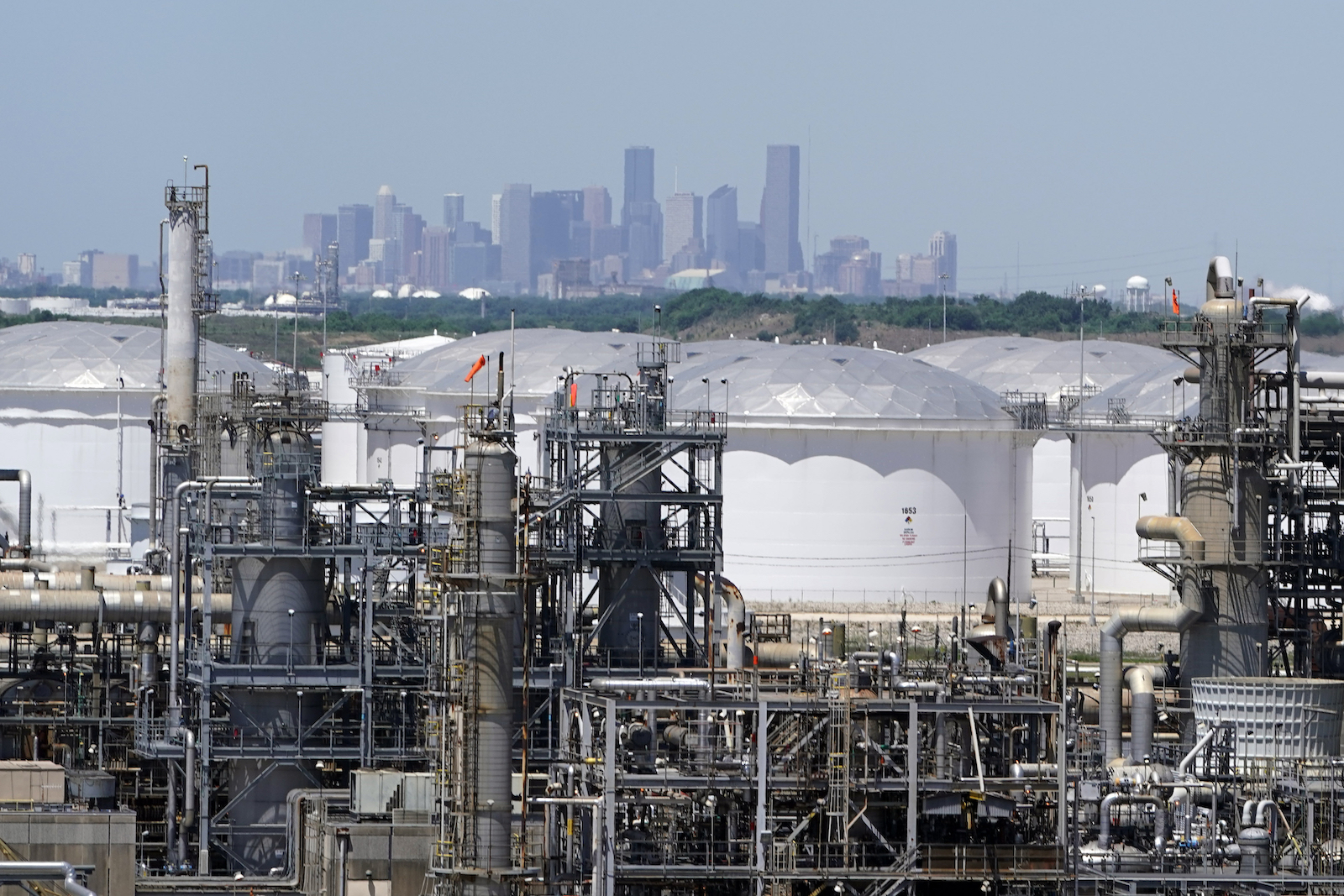Methane emissions from the oil, gas, and coal industries are 70 percent higher than official government estimates around the world, according to the International Energy Agency’s latest methane report released Wednesday. As demand for energy rebounds from its COVID-19-induced slump in 2020, the report highlights the need for improved methane monitoring and plugging leaks — fast.
Oil and gas companies churn out around 40 percent of human-produced methane. The invisible, odorless gas issues from pipelines, oil and gas wells, and the lines that shuttle gas into homes. Using the latest data from satellites and other measurement efforts, the IEA, a Paris-based energy watchdog, uncovered significant discrepancies between government figures and the reality of methane leaks.
Tackling methane is one of the best ways to keep global warming in check, the report says, and with gas prices hitting record highs, oil and gas companies could even profit by plugging their leaks. Last year, the IEA estimated, the amount of methane that the fossil fuel industry leaked was equivalent to all the gas Europe burned to meet its power needs. “At today’s elevated gas prices, nearly all of the emissions from oil and gas operations worldwide could be avoided at no net cost,” IEA executive director Fatih Birol said in a statement.
A key ingredient in natural gas, methane is responsible for 30 percent of the rise in temperatures since pre-industrial days. It’s also relatively short-lived: While CO2 persists in the atmosphere for centuries, methane breaks down within a decade. That means slashing methane is a surefire way to slow global warming in the near future, buying time as the world figures out how to drop fossil fuels.
Satellites have played an important role in spotting methane escaping from fossil fuel infrastructure around the globe. Last year, they detected methane gushing from the Permian basin in Texas, as well as Central Asia. Turkmenistan alone accounted for one-third of the emissions that satellites observed in 2021, the report noted.
The IEA suggested the problem could largely be avoided by instituting methane monitors and leak-proof equipment, as well as bans on the routine practice of burning or venting surplus natural gas, outside of emergencies. Its recommended fixes build on a previous report that found more than 70 percent of the oil and gas industry’s emissions could be addressed with existing technology.
During last year’s COP26 climate conference in Glasgow, the U.S. and European Union announced the Global Methane Pledge, in which they agreed to cut methane emissions by 30 percent in the next decade. Several of the world’s top methane producers were noticeably absent: China, Russia, India, and Iran. Russia is the biggest source of methane from oil and gas production, but most of the industry is located in the far north, out of sight for satellites — suggesting Russia’s emissions could be even greater than the IEA’s latest estimates.



